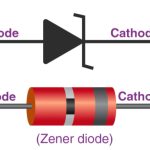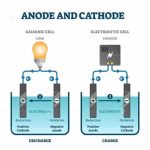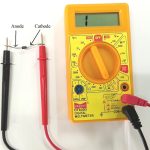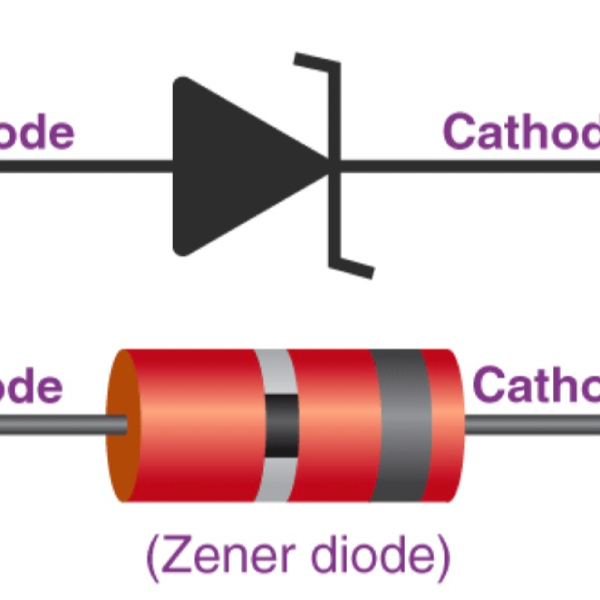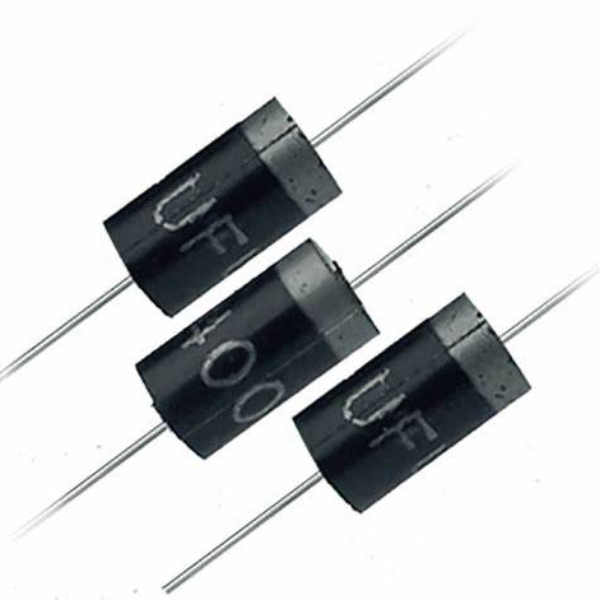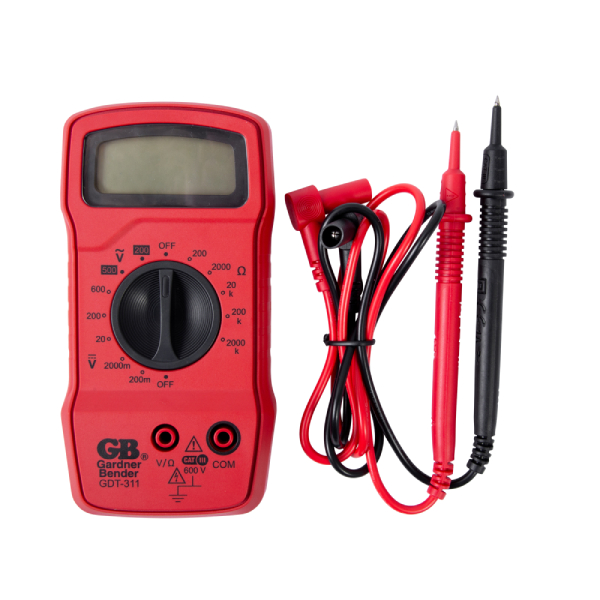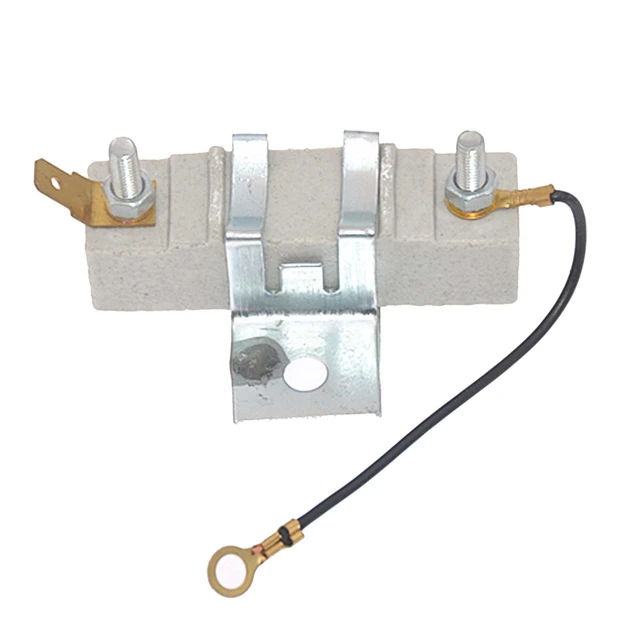 Introduction:
Introduction:
A ballast resistor is an electrical component commonly used in automotive and lighting systems to control and regulate the current flow. This resistor plays a significant role in ensuring the proper functioning and longevity of certain electrical devices and systems. In this comprehensive guide, we will explore the purpose and functionality of ballast resistors. By understanding how ballast resistors work and their applications, we can appreciate their importance in various electrical circuits and systems.
 Definition and Purpose
Definition and Purpose
Definition of a Ballast Resistor:
A ballast resistor is a passive electronic component used to regulate and control current flow in electrical circuits.
It is usually constructed with a material that has a high resistance and is placed in series with other components.
Purpose of Ballast Resistors:
Ballast resistors are primarily used to limit current flow, stabilize voltages, and protect electrical components from damage due to excessive current.
They help maintain the desired operating conditions and prevent overheating or premature failure of devices.
How Ballast Resistors Work
Current Regulation:
Ballast resistors act as current regulators by impeding the flow of current in the circuit.
They provide a specific resistance value that limits the amount of current passing through the connected devices.
Voltage Stabilization:
Ballast resistors help regulate voltage levels by maintaining a constant voltage drop across the resistor.
By stabilizing the voltage, ballast resistors ensure consistent performance and protect sensitive components from voltage fluctuations.
Heat Dissipation:
Ballast resistors are designed to dissipate heat generated during current flow.
Their material composition and physical characteristics allow for efficient heat dissipation, preventing overheating and damage to connected devices.
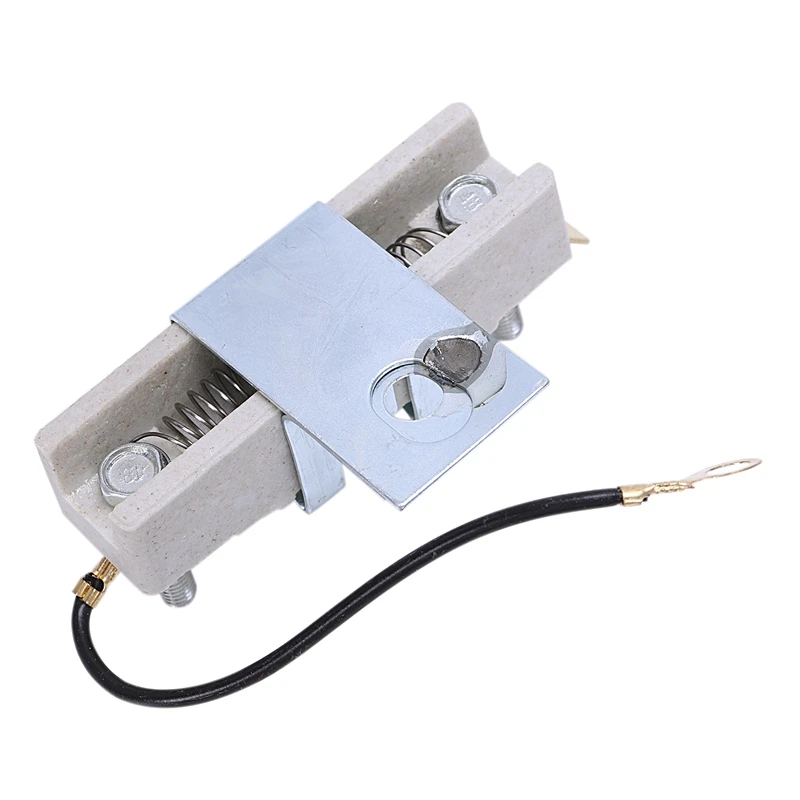 Applications of Ballast Resistors
Applications of Ballast Resistors
Automotive Systems:
Ballast resistors are commonly used in automotive ignition systems to limit the current flowing through the ignition coil.
They prevent excessive current from flowing through the coil during extended operation, protecting the coil from overheating and improving reliability.
Lighting Systems:
Ballast resistors are essential in certain lighting systems, including incandescent lamps and fluorescent tubes.
They stabilize the voltage and current flow, ensuring consistent and reliable illumination while protecting the lamps from excessive current and voltage spikes.
Electronic Devices:
Ballast resistors find applications in electronic devices, such as audio amplifiers and power supplies.
They help regulate and stabilize currents and voltages, preventing damage to sensitive electronic components.
Types of Ballast Resistors
Wire-Wound Resistors:
Wire-wound ballast resistors consist of a resistive wire wrapped around a ceramic or metal core.
This type of resistor offers high power handling capacity and is commonly used in applications involving high currents.
Carbon Composition Resistors:
Carbon composition ballast resistors are made by mixing carbon granules with an insulating binder material.
They are suitable for lower power applications and offer stability and reliability in various circuits.
Film Resistors:
Film ballast resistors are made by depositing a thin resistive film onto an insulating substrate.
They provide excellent stability, precision, and temperature coefficient characteristics.
Ballast Resistor:
A ballast resistor is a type of resistor used in lighting circuits, particularly in older vehicles with a points ignition system. Its primary function is to limit the current flowing through the ignition coil to prevent it from overheating. This helps to prolong the lifespan of the coil and ensure smooth operation of the ignition system. Ballast resistors are typically connected in series with the ignition coil.
While ballast resistors have their advantages, they also have a few drawbacks to consider:
Heat Dissipation: Ballast resistors can generate significant heat, especially when used in high-current applications. The power dissipated in the resistor is converted into heat energy, which needs to be efficiently managed to prevent overheating and potential damage to the resistor or surrounding components.
Inefficiency: Ballast resistors cause a voltage drop by dissipating power as heat. This results in energy loss and reduced overall efficiency in the circuit. The wasted power could lead to decreased fuel efficiency in vehicles, particularly in systems where ballast resistors are used.
Limited Control: Ballast resistors often provide fixed resistance values, limiting the flexibility of the ignition system. This can restrict the ability to adjust the ignition timing or modify the performance of the ignition system to suit specific requirements.
Size and Space: Depending on the application, ballast resistors can be relatively large and require adequate space for installation. This can be a constraint in compact or tightly packed electronic systems where space is limited.
Compatibility: Ballast resistors are primarily used in older vehicles with points ignition systems. With the introduction of electronic ignition systems, which often incorporate alternative current-limiting methods, the need for ballast resistors has decreased. As a result, finding compatible replacement parts or support for ballast resistor systems can become more challenging.
Despite these drawbacks, ballast resistors have historically served an important role in points ignition systems. However, advancements in ignition technology have led to the development of alternative current-limiting techniques, making ballast resistors less common in modern systems.
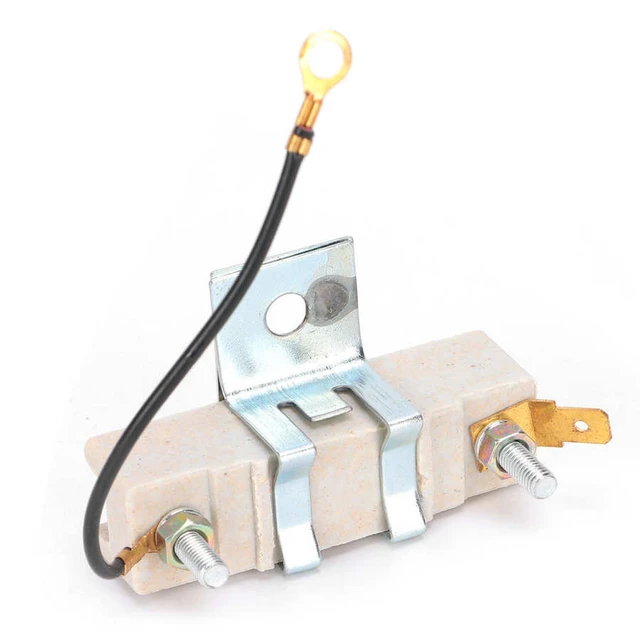 The difference between ballast resistor, shunt resistor and Blower Motor Resistor
The difference between ballast resistor, shunt resistor and Blower Motor Resistor
Shunt Resistor:
A shunt resistor, as mentioned previously, is used to measure or divert a portion of the current flowing through a circuit. It is placed in parallel with a load or component to provide an alternative path for current. The voltage drop across the shunt resistor is proportional to the current passing through it, allowing for accurate current measurement or control. Shunt resistors are commonly used in electrical systems, such as power distribution, instrumentation, or battery monitoring.
Blower Motor Resistor:
A blower motor resistor is a specific type of resistor used in the HVAC (heating, ventilation, and air conditioning) system of vehicles. It is responsible for controlling the speed of the blower motor that circulates air throughout the passenger cabin. The blower motor resistor achieves different fan speeds by altering the resistance in the circuit. It is often located near the blower motor and can have multiple resistors in series or parallel to provide various speed settings.
In summary, while the ballast resistor is used to limit current in the ignition system, the shunt resistor measures or diverts current in a circuit, and the blower motor resistor controls the speed of the HVAC blower motor in vehicles. Each resistor serves a specific purpose in different systems and circuits, ensuring proper operation and functionality.
 Conclusion:
Conclusion:
Ballast resistors play a crucial role in current regulation, voltage stabilization, and protection of electrical components. By limiting the flow of current and dissipating heat, ballast resistors ensure optimal performance and prevent damage to connected devices. Whether in automotive systems, lighting applications, or electronic devices, ballast resistors provide valuable control and protection. Understanding the purpose and functionality of ballast resistors allows for better circuit design and the selection of appropriate resistors for specific applications. The reliability and versatility of ballast resistors make them crucial components in many electrical systems, contributing to their overall performance and longevity.
